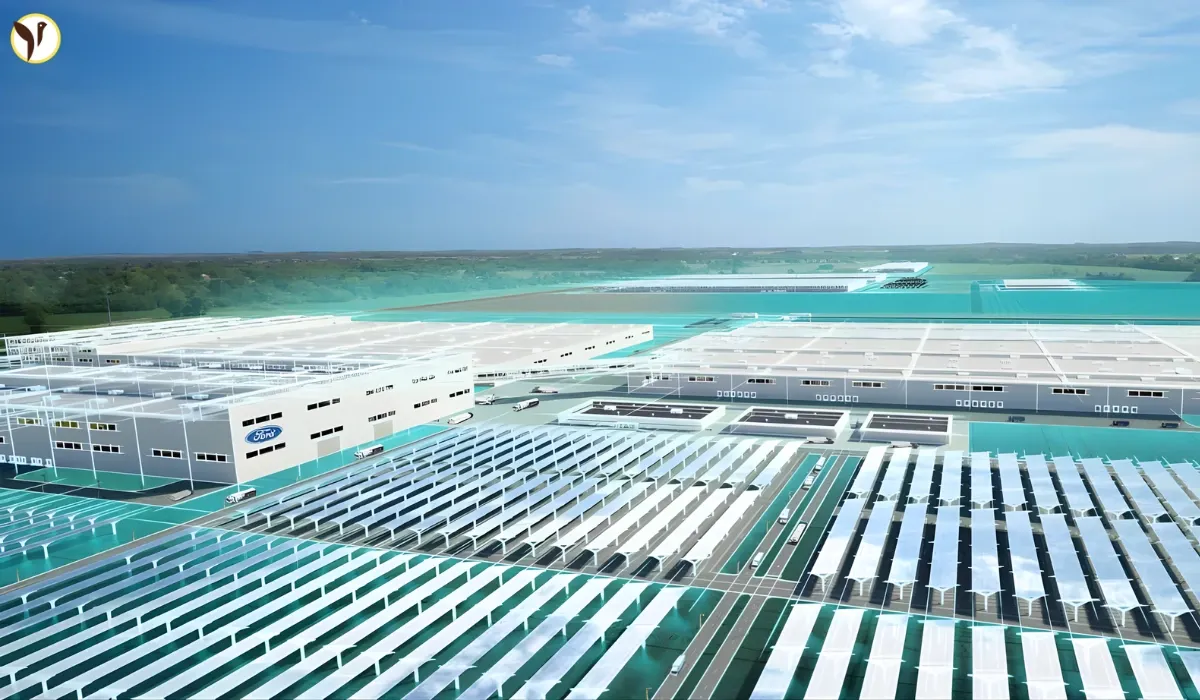Rolls-Royce shares (RR.L) have shown remarkable resilience in 2025, continuing their upward trajectory from the previous year's strong performance. The stock has benefited from several key factors including the full recovery of international air travel, successful execution of cost-saving initiatives, and increased defense spending across NATO countries. As of mid-2025, the share price sits comfortably above £4.50, a significant improvement from its pandemic lows.
The company's turnaround strategy under CEO Tufan Erginbilgiç has proven effective, with Rolls-Royce reporting three consecutive years of positive free cash flow. Investors have particularly welcomed the expansion of the company's service revenues, which now account for nearly 60% of total income. This shift toward more predictable, recurring revenue streams has made the stock increasingly attractive to institutional investors.
Key Drivers of Growth in 2025
Several strategic developments have propelled Rolls-Royce's performance this year. The commercial aviation sector has seen a full rebound, with major airlines placing large orders for new wide-body aircraft that use Rolls-Royce engines. The company's UltraFan engine technology, while still in development, has secured significant pre-orders from major carriers anticipating stricter environmental regulations.
In the defense sector, Rolls-Royce has benefited from increased military spending in Europe and Asia. The company's nuclear submarine business remains a cornerstone of UK defense strategy, with the AUKUS submarine program providing long-term visibility. Additionally, Rolls-Royce's small modular reactor (SMR) nuclear power initiative has gained traction, with the first commercial contracts expected to be announced before year-end.
The energy division has emerged as a dark horse, with Rolls-Royce's microgrid solutions gaining popularity in emerging markets. This diversification has helped mitigate risks associated with any single business segment and positioned the company for sustainable growth across multiple industries.
Challenges and Risk Factors
Despite the positive momentum, Rolls-Royce faces several challenges that investors should monitor. Supply chain disruptions continue to affect delivery timelines, particularly for critical engine components. The company has invested heavily in localizing its supply chain, but these efforts will take time to fully bear fruit.
Competition in the aircraft engine market remains intense, with GE Aerospace and Pratt & Whitney introducing their own next-generation engines. Rolls-Royce's ability to maintain its technological edge while controlling costs will be crucial for maintaining market share.
Macroeconomic factors also pose risks. While inflation has moderated from its peak, higher interest rates continue to pressure airline profitability, which could eventually impact new aircraft orders. Additionally, geopolitical tensions could disrupt both commercial aviation and defense contracts.
Analyst Predictions and Price Targets
Most analysts maintain a positive outlook for Rolls-Royce shares in 2025. The consensus price target among major investment banks currently stands at £5.20, representing potential upside of approximately 15% from current levels. Morgan Stanley recently upgraded the stock to "overweight," citing improved cash generation and multiple expansion opportunities.
However, some analysts caution that much of the recovery story may already be priced in. Barclays maintains a more conservative "equal weight" rating, noting that execution risks remain and the stock's valuation appears fair at current levels. The divergence in opinions suggests that while the long-term story remains compelling, short-term volatility should be expected.
Dividend Policy and Shareholder Returns
After a five-year hiatus, Rolls-Royce reinstated its dividend in early 2025 at a modest level of 2p per share. Management has indicated a progressive dividend policy going forward, with payout ratios expected to increase gradually as cash flows continue to improve. The company has also resumed share buybacks, repurchasing £500 million worth of shares in the first half of 2025.
Investors should note that Rolls-Royce remains focused on balance sheet strength, with a target of reducing net debt to below £2 billion by year-end. This conservative approach suggests that while shareholder returns will increase, they may remain below pre-pandemic levels for the foreseeable future.
Future Outlook and Investment Considerations
Looking beyond 2025, Rolls-Royce appears well-positioned for sustainable growth. The company's investments in sustainable aviation technologies, particularly hydrogen combustion engines, could position it as a leader in the industry's decarbonization efforts. Its nuclear power initiatives also align well with global trends toward energy security and carbon reduction.
For investors considering Rolls-Royce shares, the key considerations are:
-
The company's ability to maintain its technological leadership
-
Execution of its nuclear power strategy
-
Continued recovery in wide-body aircraft demand
-
Successful navigation of supply chain challenges
While not without risks, Rolls-Royce offers a unique combination of aerospace, defense, and energy exposure that could appeal to investors seeking industrial growth with a technological edge. As always, a long-term perspective and careful monitoring of quarterly results are advisable
Image Source: The Motley Fool









